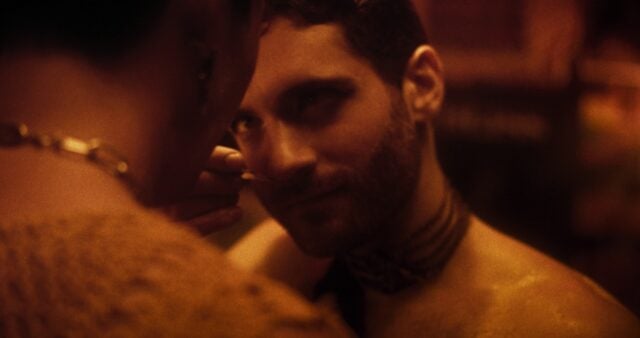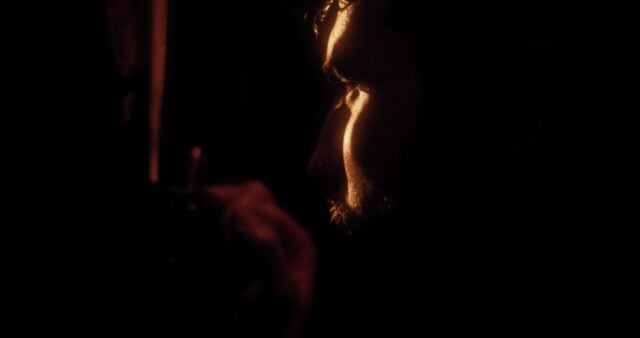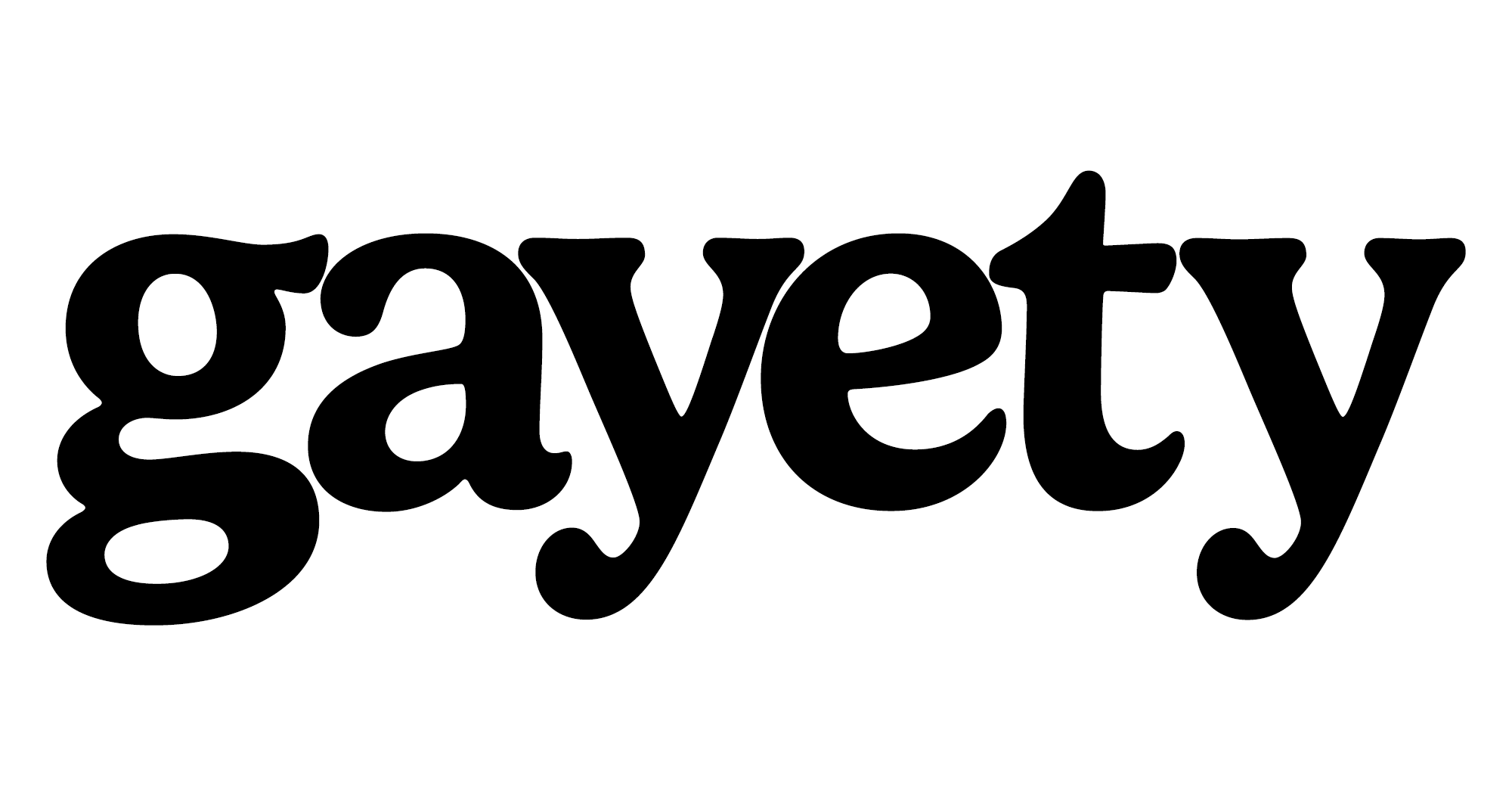When it comes to queer nightlife, most film portrayals lean polished, if not sanitized. For director Nico Blanco, that didn’t sit right. His new short film Cowboy, Choker, Harness & Heart, co-directed with Julia Ponce Díaz, dives headfirst into the mess, intimacy, and humor that pulse inside a club bathroom stall.
Building a Story Out of Chaos
The spark came from one of Blanco’s own dates, where both partners flirted with strangers mid-outing. Instead of smoothing the edges, he leaned into the chaos. “I rarely see queer nightlife shown as it really is,” Blanco said. “I wanted to capture that play and self-discovery.”
When he pitched the idea to Ponce Díaz, then a classmate at the American Film Institute, she was all in, on one condition: the title needed an upgrade.
A Partnership Fueled by Desire
The directors had already collaborated in different roles at AFI and found themselves drawn to similar themes. For Ponce Díaz, character depth became her way in. “I wasn’t the team’s party girl,” she joked. “But I could dig into the characters, their desires colliding in this tight, specific space.”
Together, they landed on a guiding phrase: desire always wins. That theme became the film’s anchor.

Recreating the Club Bathroom
Though set in a gritty bathroom, the team built the environment from scratch. Designer Marina Perez and cinematographer Olivia Segarra meticulously crafted every detail, down to cracked mirrors and scuffed posters—to capture authenticity while giving the directors flexibility in lighting and camera movement.
“It’s funny, because both of us usually prefer shooting on location,” Ponce Díaz said. “But it became clear a built set would let us choreograph and still keep that raw energy.”
Casting From the Dance Floor
Instead of relying solely on auditions, Blanco and Ponce Díaz went straight into nightlife itself. Street casting not only shaped the film’s ensemble but redefined entire characters. Mistress, played by Amina Lakin, was rewritten once she was cast. “We always wanted the film to reflect the real queers who make nightlife what it is,” Blanco said.
For Ponce Díaz, scouting was both thrilling and nerve-wracking. “I’d spot someone magnetic, then shove Nico to go talk to them,” she laughed.


Balancing Improvisation and Structure
With only two shooting days, the team had to carefully choreograph scenes while leaving space for improvisation. That tension mirrored the film itself: structured yet unpredictable. “When filming intimacy, you have to give actors the freedom to find what feels natural,” Ponce Díaz said.
The edit leaned into this chaotic spirit. Working with editor Colton Warren, the directors trimmed down material to highlight the film’s kinetic energy, later adding original music from Lakin to give it its pulse.
An Ending That Surprises
Originally, Blanco envisioned a breakup finale. But with input from Ponce Díaz and Segarra, the ending evolved into something less expected: a reflection of desire’s transformative, and often funny, power. The credit scene, featuring Mistress in a bathroom moment worthy of John Waters, is now one of their favorite touches.
What’s Next
Both filmmakers are moving into features while still trading notes on each other’s work. Blanco recently premiered a new short, Mientime, at Newfest, while Ponce Díaz is developing Digital Dolls, a Spanish coming-of-age story exploring early-2000s internet communities.
Still, both hinted their partnership is far from over. As Blanco put it: “I’d love to co-direct another sexy, sad queer story with Julia.”
Ponce Díaz didn’t miss a beat: “That might be my favorite genre of all time.”



